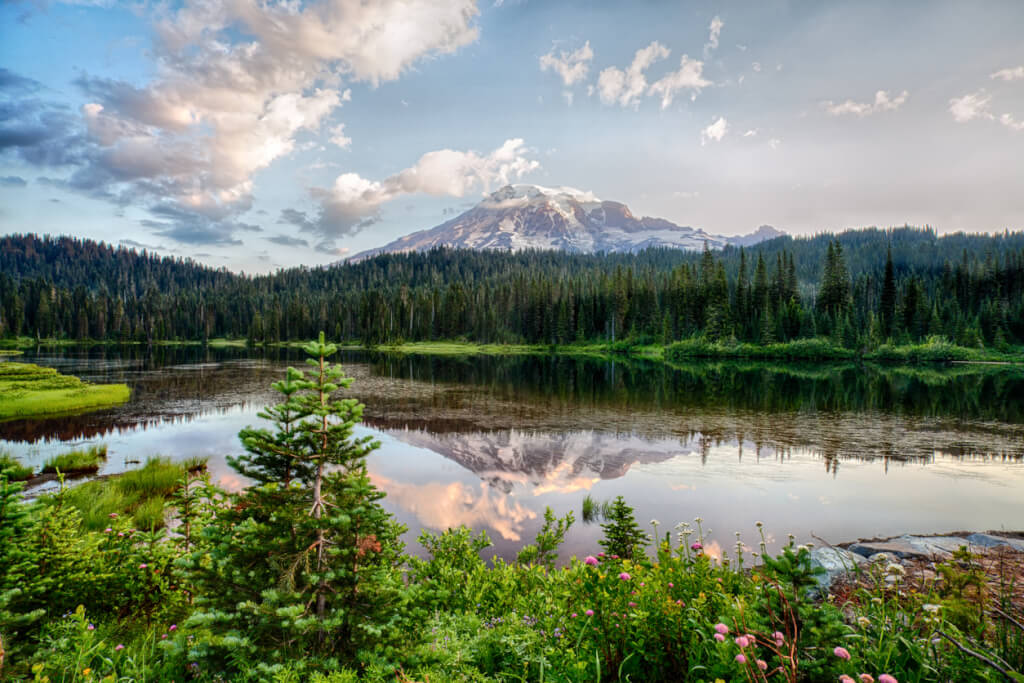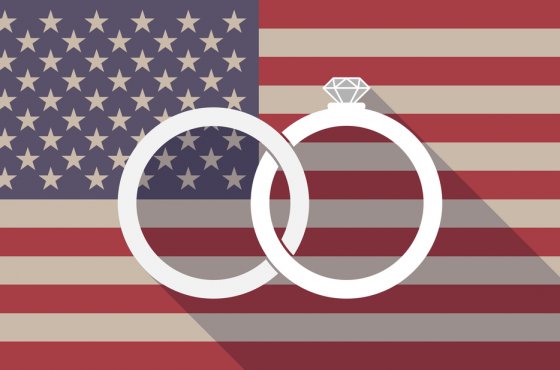Eight Fun Wildlife Tips from the US National Park Service
National Park Service (NPS) is known for its majestic scenery, natural treasures, and witty, borderline-absurd social media posts. But, be that as it may, in these posts there is not a drop of fiction. Writes about it The Washington Post.

Photo: IStock
Whether it's funny advice that causes everyone to facepalm ("To avoid crowds, go to less crowded places"), or simply stating the obvious ("We have parks"), NPS posts on Twitter, Instagram and Facebook often go viral.
Some of the department's biggest hits usually concern the creatures that can be found on park grounds and why it's a terrible idea to touch, disturb or approach them. Typically, these jokes contain key safety information.
Matt Turner, who once worked as a park guide and translator, manages social media for the National Park Service, working with a team of public relations and digital media professionals.
In 2020, he said he took the reins of social media in 2018 and saw posts with humor or pop culture references "really resonate" with people.
“Over the past few years, National Park Service Instagram has built a reputation for creating unique humorous posts that are designed to educate the public and inspire visitors to get outside and explore their national parks,” Park Service spokeswoman Cynthia Hernandez said in a statement.
Beware of fluffy cows
Don't pet the fluffy cows. ?
— National Park Service (@NatlParkService) March 30, 2023
"Don't pet fluffy cows"
When people in national parks talk about "fluffy cows," they really mean bison—and they're not kidding about trying to avoid cattle. Bison have injured more people in Yellowstone than any other animal, including at least three in just one month in 2022, according to the park.
On the subject: Google Updated Maps to Find Trails and Campgrounds in US National Parks
“They don’t pet bison in national parks,” a follow-up tweet said. - The bison will pet you. (If you get too close).”
Visitors must be at least 25 yards (23 m) away from bison.
Squirrel attack
Most squirrel bites originate at the front, or “bitey end,” of the squirrel.
— National Park Service (@NatlParkService) March 20, 2023
“Most squirrels bite in front or from the “biting end” of the squirrel”
A post about such beautiful and beloved squirrels, but at the same time noble "biters", is a series of reminders of safe wildlife watching. Key among them: never feed wild animals in the national park; hide trash and leave no traces of visitation; keep a safe distance from wild animals.
“Animals that consume human food may become saturated with the wrong foods and stop eating the nutrients they need to survive,” the Park Service website states. “They may stop hunting and gathering food.” They literally want to get chips or die eating.”
How to run away from a bear
The phrase was part safety advice and part reflection on friendship: “Seeing a bear in the wild is a special treat for any national park visitor,” a follow-up post said. “While this is exciting, it is important to remember that bears in national parks are wild and can be dangerous.”
The link to the official site includes a long list of general tips for encountering a bear: speak calmly and wave your arms; keep calm; pick up small children immediately; travel in groups; maneuver to appear as big as possible; keep food away from the bear; back away slowly and sideways; do not run or climb trees.
Affectionate etiquette
Did you know if you hold an ermine up to your ear, you can hear what it's like to be attacked by an ermine? pic.twitter.com/CS20M9XDjh
— National Park Service (@NatlParkService) February 1, 2023
"Did you know that if you put a caress to your ear, you can hear what it's like when a weasel attacks you"
The animal looks charming on the outside, but the park service warns that the animal, known as the stoat or weasel, "has a reputation as a ferocious predator, carefully defending its territory."
Licking toads
These toads have prominent parotoid glands that secrete a potent toxin. It can make you sick if you handle the frog or get the poison in your mouth.
— National Park Service (@NatlParkService) November 1, 2022
“Like anything you encounter in a national park, be it a banana slug, an unfamiliar mushroom, or a big toad with glowing eyes in the dead of night, we say: please refrain from licking.”
The service has warned park visitors to keep their mouths shut when they see a large Sonoran Desert toad that is releasing a "potent toxin".
Although the substance is a psychedelic, the scientific research team says the notion that licking toads can cause a high is a "popular myth."
Turkey hunting
The Park Service warns: "Your chances of becoming a victim of a turkey hunt are small, but never zero."
It turns out that the wild turkey is capable of speeds up to 18 miles (29 km) per hour and "can react aggressively to shiny objects, their own reflections, or those they want revenge on."
finger rule
"As a general rule, it's always best to stay at least 25 feet (7,6 m) away from wild animals"
This post led to some funny comments. For example, one person asked how animals know when a park visitor doesn't want to hitchhike.
"They usually don't pick up strangers unless you get too close," the park service said.
You may be interested in: top New York news, stories of our immigrants and helpful tips about life in the Big Apple - read it all on ForumDaily New York
Although 25 feet (7,6 m) is used as the standard, visitors should check the rules for individual parks. Many require a minimum distance of 25 yards (23 m) from most wildlife and 100 yards (92 m) from predators, according to official animal watching guidelines.
winter wisdom
Sometimes the post is accompanied by a long list of useful tips, sometimes it's just an ironic joke.
Like, "Never catch a snowflake with your tongue until all the birds have flown south."
Never catch snowflakes with your tongue until all the birds have flown south. ❄️
snow joke. Follow us for more winter tips!
Image: Moose with tongue sticking out takes a chance at @GrandTetonNPS. Magical. NPS/C. Adams pic.twitter.com/zFuNWwx33t
— National Park Service (@NatlParkService) December 8, 2022
Worth mentioning
listen,
bear spray
DOES NOT
work like bug spray.We would like to not have to say that again.
— Oklahoma Department of Wildlife Conservation (@OKWildlifeDept) May 23, 2022
"Bear Spray Doesn't Work Like Bug Spray"
The Park Service stressed that it would not like to be reminded of this rule again.
Tara Teal, a professor at Colorado State University who studies the social aspects of wildlife-human relations, says that people are increasingly finding themselves in dangerous situations alone with wildlife.
"People want to have a closer experience with wildlife, but at the same time they don't realize the dangers involved," she said.
The university team worked on a communications campaign with the National Park Service in 2017 to highlight the importance of safety in the wilderness; humor proved to be a key part of the project.
“Information alone is not enough to make people change their behavior,” the professor concluded. “We were focused on making the messages clear... I think humor is a great way to initially engage people.”
Read also on ForumDaily:
Spirit Airlines will give you bonuses and discounts: promotion conditions
What happens when we flush the toilet on an airplane: it uses space technology
Google TV added over 800 free channels: how to find them
FBI warns: do not use public smartphone charging stations - scammers have learned how to hack them
Subscribe to ForumDaily on Google NewsDo you want more important and interesting news about life in the USA and immigration to America? — support us donate! Also subscribe to our page Facebook. Select the “Priority in display” option and read us first. Also, don't forget to subscribe to our РєР ° РЅР ° Р »РІ Telegram and Instagram- there is a lot of interesting things there. And join thousands of readers ForumDaily New York — there you will find a lot of interesting and positive information about life in the metropolis.












